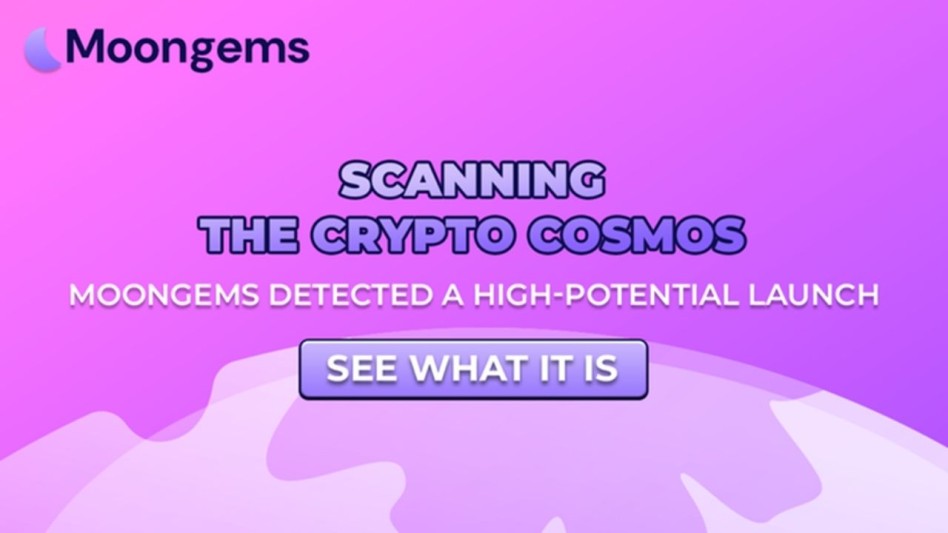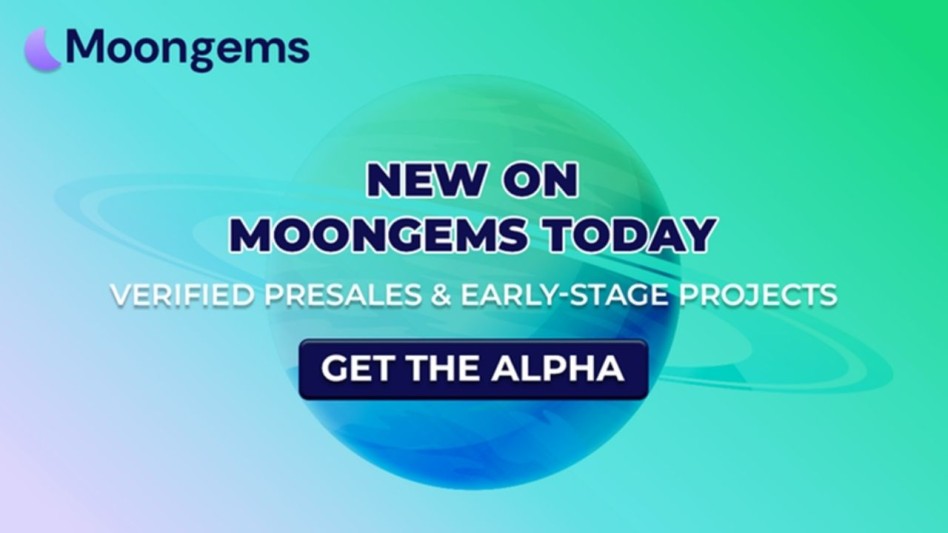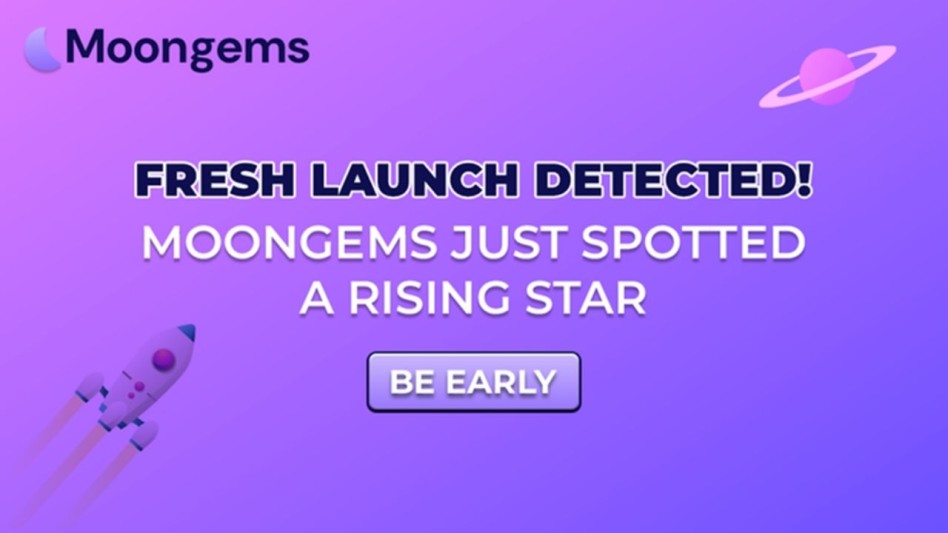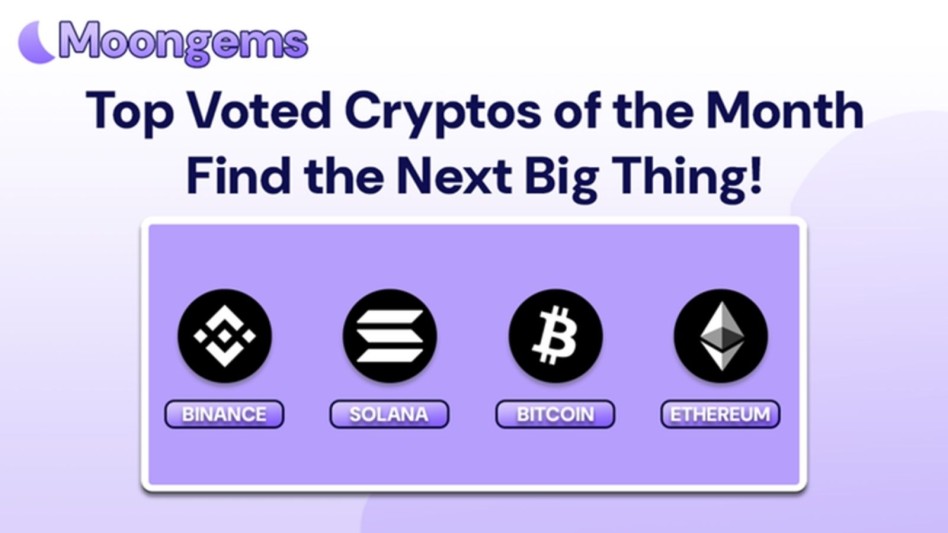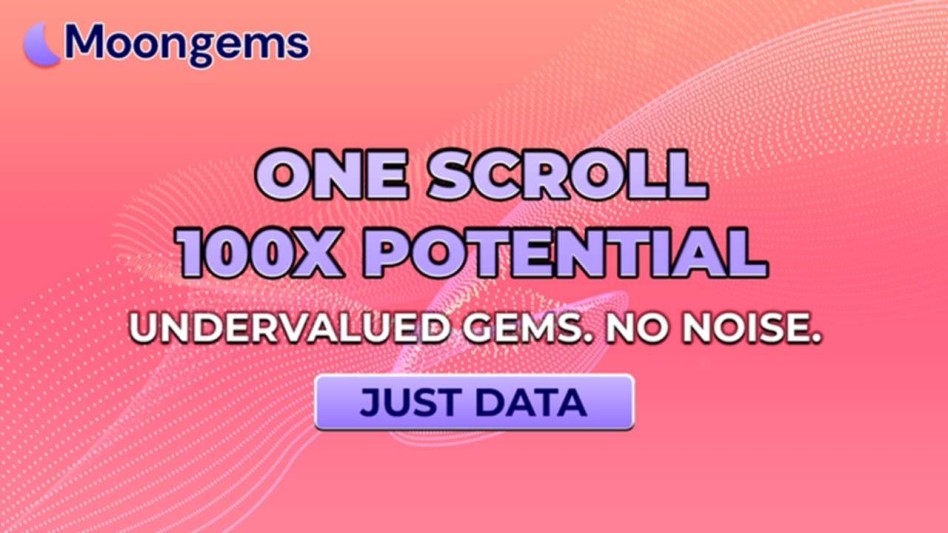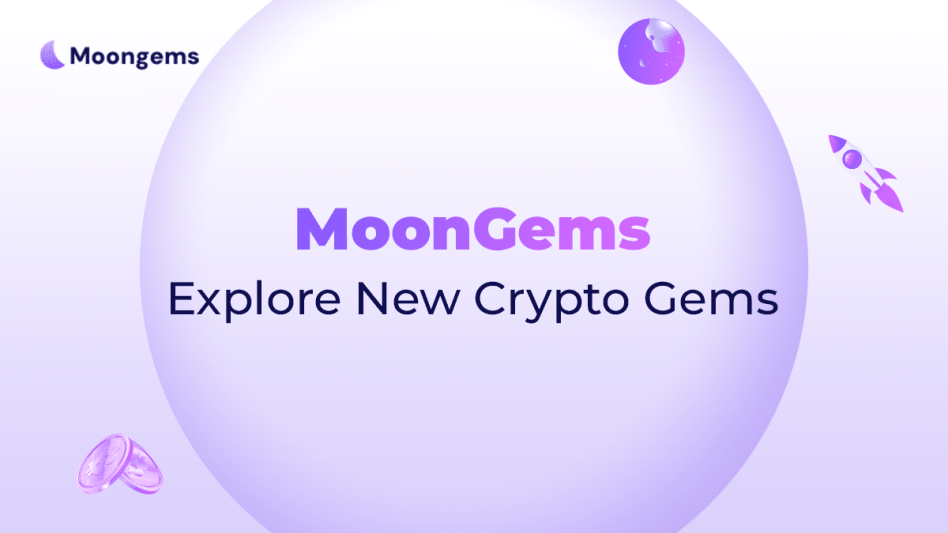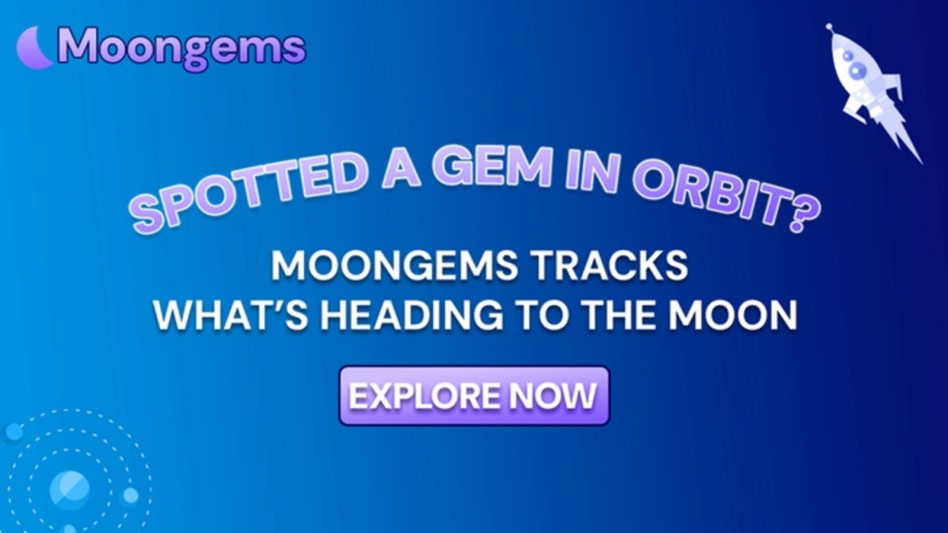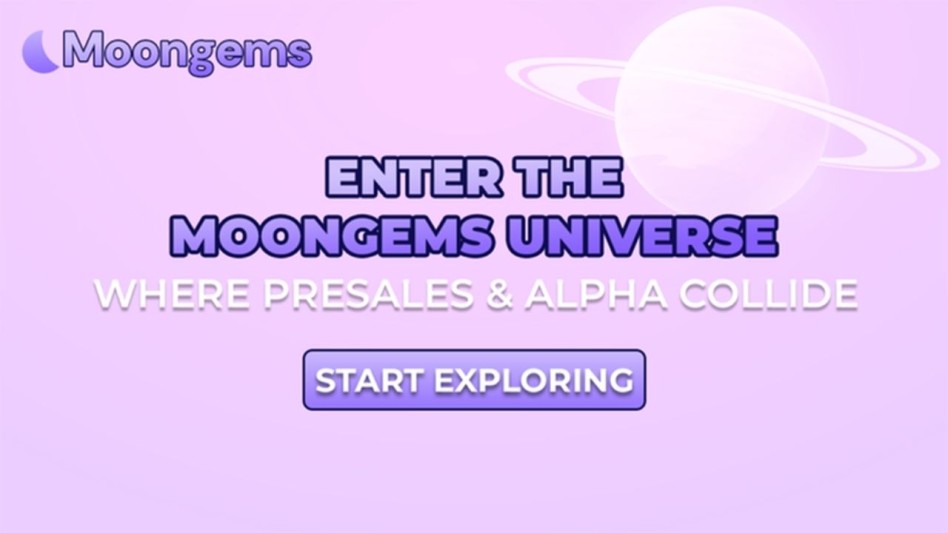Author: Jawad Hussain – Crypto Analyst & Web3 Researcher | 9+ years tracking presales, IDOs, and token launches. Follow him on Twitter.
Welcome to Web3, where the real validator isn’t a node — it’s a meme account with 11K followers and a burner X profile that posts once a day and moves markets harder than half of Solana.
If you’re still designing your tokenomics like we’re in the Ethereum Proof-of-Work era, the most powerful consensus mechanism in crypto today is meme culture. It’s not hash rate. It’s not a validator count. It’s not even your burn rate. It’s whether the internet thinks you’re funny, relatable, savage, or stupid enough to be worth holding.
This isn’t a joke. It’s the new reality. In 2025, the strongest projects don’t just have utility. They have an identity. They don’t just optimize gas. They optimize attention. And while everyone else is chasing Layer 2 throughput, the best-performing tokens are running on something way faster — Proof of Meme.
Proof of Meme is what happens when attention becomes consensus.
When enough people agree something is worth caring about, it becomes real — and in crypto, “real” means liquidity, volume, staking participation, and yes, floor price.
But here’s the twist: Proof of Meme isn’t just vibes. It has rules. And like any consensus mechanism, it needs to be codified into your tokenomics.
That’s what this article is about. We’re going to break down:
- Why meme consensus outperforms traditional project credibility
- How to structure tokenomics to align with viral velocity
- What meme-native projects like Comedian Coin, and Arctic Pablo are doing differently
- And why attention is the most underpriced alpha in all of Web3
Because let’s be real: anyone can create a token. Not everyone can create a movement.
And in 2025, movement > mechanics. Memes are the miners. Culture is the validator. And your tokenomics? They better be Proof of Meme-compliant — or you’re going to get outperformed by a dog with a hat and a staking app.
Let’s unpack how meme culture became the strongest consensus layer in crypto — and what that means for every dev, investor, and degen trying to find the next 100x.
Why Meme Culture Has Overtaken Tech as the True Consensus Layer
Crypto No Longer Runs on Innovation — It Runs on Emotion
Once upon a time, the winners in crypto were those with the best whitepapers, the most complex roadmaps, and the deepest GitHub commits. But that era’s gone. We’re in a new epoch where tokens with zero devs, no product, and a ridiculous mascot can outperform multichain protocols with millions in funding. Why?
Because tech doesn’t drive consensus anymore, culture does.
When people ape into a meme coin, they’re not auditing code. They’re vibing. They’re laughing. They’re retweeting. They’re minting culture in real time. That energy — the memes, the virality, the inside jokes — is a network effect that no amount of utility can replicate.
And network effects create consensus. If enough people agree that something is valuable, it becomes valuable. This is the heart of Proof of Meme: belief at scale.
Traditional Consensus = Security. Meme Consensus = Velocity
Let’s break this down technically. Proof of Work and Proof of Stake prioritize security and validation. They rely on time, energy, and financial cost to maintain integrity. But Proof of Meme is different — it prioritizes speed, attention, and participation.
It’s faster than block time and cheaper than staking. All it takes is a tweet, a viral TikTok, a Discord raid, or a new emoji slapped on the token’s name to send it flying.
Code Doesn’t Go Viral — Culture Does
In the Proof of Meme era, attention is not a side effect of success. It’s the cause.
And here’s where it gets dangerous: many builders still think virality is optional. They optimize tokenomics for sustainability, fairness, and utility—and get buried by a meme coin that launched with a JPEG, a 5% tax, and a community manager named “PissDog69.”
This isn’t about being unserious. It’s about understanding where value comes from now.
If your project isn’t meme-compatible — if it can’t be screenshotted, shared, laughed at, and bonded over — it doesn’t matter how elegant the tech is. The market has already moved on.
MoonGems take: Meme culture has overtaken nodes, blocks, and testnets.
It is now the dominant consensus layer in Web3.
How to Design Tokenomics for a Proof of Meme World
Your Tokenomics Are a Meme Engine — Start Acting Like It
In a Proof of Meme ecosystem, your tokenomics aren’t just financial mechanics — they’re story triggers. They’re the parts of your project that get screenshotted, turned into memes, posted on X, and turned into the next viral catchphrase. If your burns don’t make people laugh, your staking doesn’t make people feel seen, and your liquidity adds don’t get clipped into videos — you’re not designing for the world we live in.
In 2025, tokenomics must function as content architecture. Every mechanic should ask:
How does this contribute to memeability?
If it’s too complex, it won’t stick. If it’s too serious, it won’t spread. If it’s too dry, it won’t live past Discord. But if it’s funny, fast, visual, and tied to a shared emotion — now you’ve got a mechanic worth minting into culture.
Inflation Isn’t the Problem — Boring Is
One of the most misunderstood truths in meme-native design is that inflation doesn’t kill a token — irrelevance does.
That’s why meme tokens with emission schedules that would make a TradFi economist faint can still moon. As long as there’s attention, narrative, and emotional ROI, the supply doesn’t scare people — it excites them. Meme holders aren’t reading spreadsheets. They’re reading energy. If your staking rewards can be shared as a meme, it works. If your token unlock is timed to a narrative beat, it works.
Everything must be built for virality first, math second.
Tokenomics Built for Viral Loops, Not Just APR
Here’s how Proof of Meme tokenomics look in practice:
- Staking that rewards participation, not passivity (e.g., post a meme → get boosted APR)
- Burn events triggered by community engagement (e.g., most-liked meme of the week = supply reduction)
- Governance that’s fun, fast, and trollable (e.g., vote with emojis, run meme-based referendums)
- Liquidity-based storytelling (e.g., add LP to unlock new “story arcs” or meme stages)
These are systems built not just to hold capital, but to generate content, culture, and FOMO.
Tokens like Comedian Coin are doing this right: staking is tied to content creation, DAO meme battles decide burns, and the entire token is structured like a weekly show. The mechanics feed the meme — and the meme feeds the market.
MoonGems mantra: If your tokenomics can’t be turned into a meme template, they’re already outdated.
Meme Miners & Viral Validators — Who Really Runs the Network Now
In Proof of Meme, the Community Isn’t Just the Audience — It’s the Infrastructure
In Bitcoin, miners secure the network. In Ethereum, validators confirm the chain. In meme tokens? The meme creators, the Sh*tposters, the X raiders, and the TikTok degenerates provide the real value layer.
We call them Meme Miners — because just like Bitcoin miners expend energy for block rewards, meme miners expend creativity, culture, and chaos for attention rewards. And attention, in the Proof of Meme world, is consensus.
They validate your token every time they:
- Drop a viral remix of your mascot
- Raid an influencer’s comment section with GIFs
- Turn your staking pool into a meme challenge
- Rename themselves “$TOKEN_Maxi69” on X
- Print stickers, memes, filters, and fake Elon quotes
This is how traction spreads. This is how narratives catch. And these participants aren’t freeloaders — they’re validators, minting cultural proof every single day. The more of them you have, the stronger your floor becomes.
Viral Validators Are the New Token Whales
In traditional tokenomics, you feared whales — wallets with 5% of supply that could nuke the chart. But in the meme economy? The most powerful wallets are accounts, not addresses.
One viral validator — a meme page with 100K followers who genuinely vibes with your token — can move more volume than 20 liquidity providers. Their engagement creates spikes, sentiment, and floors. Their memes become call options. Their jokes become entries.
And if you’re not rewarding them?
You’re missing the most powerful asset your token has.
Build Systems That Incentivize the Viral Class
Meme miners need tools. Viral validators need mechanics. If your tokenomics don’t reward content creation, you’re starving the engine that actually drives growth in 2025.
Smart projects now run:
- Weekly meme burn competitions
- XP-based engagement tracking (e.g., meme-to-earn dashboards)
- Token boosts for viral reach or clout badges
- On-chain creator rewards tied to engagement metrics
In Proof of Meme, memes are blocks, and creators are miners.
Ignore them, and your project will die quietly. Empower them, and you’ll mint consensus faster than any Layer 2 ever could.
Case Studies — How Meme-Native Projects Are Designing Floor-Proof Systems
Meme Tokens Aren’t Supposed to Work — But the Smart Ones Do. Here’s the paradox: meme tokens aren’t meant to survive. They’re supposed to moon, crash, and get replaced by the next joke. But the ones that are thriving in 2025 — the ones that actually build floors, grow TVL, and evolve with their communities — all share one thing:
They aren’t just memes. They’re memes with mechanics.
These tokens have weaponized the Proof of Meme playbook into systems. Their tokenomics don’t just distribute supply—they sustain virality. Let’s break down a few of the best examples.
Comedian Coin — Content is Collateral
Comedian Coin is Web3’s meme-native content economy. Here, you stake your attention, not your money.
- Meme-to-stake: You stake tokens to get access to weekly meme competitions. Winners earn boosted yield, governance clout, and bragging rights.
- DAO-driven humor index: The community votes on what memes count as “valid blocks.” Bad memes get ignored. Great memes trigger bonus distributions.
- Narrative progression: The coin’s lore evolves based on meme themes. Each month is a new season, and each joke shapes the protocol.
The result? Comedian Coin functions like a decentralized meme studio, where tokenomics are structured like a Twitch stream. If you’re funny, you earn. If you’re forgettable, you fade. That’s Web3 attention capitalism at its peak.
Arctic Pablo Coin — Lore-Linked Liquidity
Arctic Pablo Coin doesn't just ride meme culture — it builds narrative worlds that people want to hold. Every presale phase is a “location” with its theme, burn mechanic, and staking structure. Tokenomics = lore.
- Presale unlocks are tied to story progression.
- Staking yields change based on the community’s meme activity.
- Token burns happen when narrative missions are completed.
This creates a loop where memes aren’t just jokes but quests. The token becomes a map, not a chart. And people don’t just invest in price — they invest in progression. That creates loyalty, engagement, and yes, floors that don’t fade at the first red candle.
Conclusion: Memes Are the Mechanism — And You’re Either Riding Them or Getting Flattened
We’ve said it before at MoonGems, and we’ll say it louder for the devs in the back: tokenomics without culture is just math. You can have the most elegantly designed emissions schedule, the fairest presale curve, the cleanest staking contract — and still get outpaced by a cat with a cigar, a dumb hat, and a Telegram full of degen poets.
Why? Because in 2025, Proof of Meme isn’t just a metaphor. It’s market infrastructure.
It’s not about logic. It’s about lore.
It’s not about charts. It’s about chapters.
It’s not about features. It’s about feelings.
And if your tokenomics don’t tap into that — don’t give people a reason to post, care, or belong — you’re building a system with no network. You’re whispering into the void while someone with worse math but better memes absorbs your attention, volume, and floor.
What we’ve seen from projects like Comedian Coin and Arctic Pablo Coin isn’t just luck — it’s design. Its mechanics are built for retention, repetition, and virality. Their staking systems double as content loops. Their burns are event-driven. Their liquidity isn’t just locked — it’s laced with purpose.
That’s not an accident. That happens when you stop designing for “users” and start planning for creators, memers, and movement-makers.
So what’s the takeaway here? Simple: You're playing the wrong game if you’re building a token in 2025 and not designing for meme compatibility..
Don’t just ask:
- What’s the APY?
- What’s the vesting schedule?
- What’s the token cap?
Also ask:
- Can this staking mechanic go viral?
- Will people screenshot this and share it?
- Does this burn event feel like a meme-worthy moment?
- Is my community a validator — or just liquidity exit bait?
Because in the Proof of Meme world, your strongest miners don’t run GPUs.
They run Twitter accounts.
Your most secure validators don’t stake ETH. They stake attention.
And your most valuable floor support isn’t from VCs or whales — it’s from the thousands of meme miners, culture stackers, and trollmaxis who validate your token’s existence every time they hit “post.”
MoonGems verdict? Memes are the consensus. Tokenomics is just how you pay the validators.
Frequently Asked Questions (FAQs)
- What is Proof of Meme in crypto?
Proof of Meme is a term used to describe how meme culture functions as a consensus mechanism in Web3. Instead of relying on technical validation like Proof of Work or Proof of Stake, Proof of Meme tokens are validated socially — through viral memes, engagement, and cultural relevance. When enough people agree something is funny, relatable, or iconic, it becomes valuable — and that drives volume and floor price. - Why do meme tokens perform better than some utility tokens?
Because meme tokens activate emotion. People don’t just buy the chart — they buy the story, the humor, the identity. Meme tokens generate social consensus faster than utility tokens because they’re easier to understand, more entertaining, and more shareable. That social momentum often creates better retention and higher engagement. - How do you design tokenomics for a meme-native token?
Tokenomics for meme tokens should prioritize virality and participation. This includes staking systems that reward activity (not just passive holding), burn mechanics triggered by community events, and governance that’s gamified. Think of tokenomics as meme infrastructure — every feature should generate screenshots, jokes, or engagement. - What’s a meme miner?
A meme miner is a community member who contributes memes, jokes, edits, raids, and cultural content that drives awareness and attention to a token. They’re the validators in the Proof of Meme ecosystem — their content spreads the message, grows the reach, and builds emotional buy-in. - Can traditional projects use Proof of Meme principles?
Yes. Even “serious” projects can embed meme-compatible features. It’s not about being silly — it’s about being shareable and community-aligned. Adding story-based progress, humor-driven rewards, or creator bounties can transform a boring protocol into something users connect with. - What’s the difference between meme hype and meme mechanics?
Meme hype is temporary and attention-based. Meme mechanics are embedded into the token’s architecture — staking, burns, liquidity, governance — in a way that rewards ongoing participation. The strongest tokens combine both for long-term sustainability. - Is this the future of crypto?
Absolutely. As attention becomes scarcer and token launches get more competitive, culture-first design will dominate. Meme-native tokenomics — like those used by Comedian Coin, and Arctic Pablo Coin — will define the next generation of tokens.
Glossary of Key Terms
Proof of Meme
A consensus model where tokens gain value through viral attention, cultural relevance, and meme-powered engagement rather than mining or staking.
Meme Miner
A community member who creates or shares memes that contribute to a token’s viral reach, narrative, and cultural identity — the equivalent of a validator in the meme ecosystem.
Viral Validator
An influencer, meme account, or community user whose content significantly boosts a project's engagement, reach, and visibility, driving social consensus and volume.
Meme-Compatible Tokenomics
Token structures intentionally designed to be memeable, such as staking rewards for content creation, burn events triggered by votes, and gamified governance, are also used.
Narrative Liquidity
Liquidity systems in which economic actions (buying, staking, LP addition) are tied to storylines or community-driven events make every trade feel like part of the plot.
Clout-Based Staking
Staking models where users receive higher APY or perks based on social participation (e.g., meme creation, engagement, or following).
Lore-Driven Supply Mechanics
Emission schedules and token releases are structured around fictional narratives or meme-driven campaigns instead of traditional release models.
Floor-Proof System
A tokenomics model built to retain holders by embedding emotional, cultural, or narrative incentives, reducing sell pressure and increasing long-term loyalty.
Trollconomics
A playful term for meme-native tokenomics, where chaos, humor, and trolling are part of the system’s engagement and economic loops.
Culture-Layer Design
The practice of designing crypto protocols with social, cultural, and meme-based incentives in mind, building attention into architecture.
Disclaimer:
This content is for informational purposes only and does not constitute financial advice. Always do your own research (DYOR) before investing in cryptocurrencies. Crypto assets are high-risk and volatile. Past performance is not indicative of future results,



